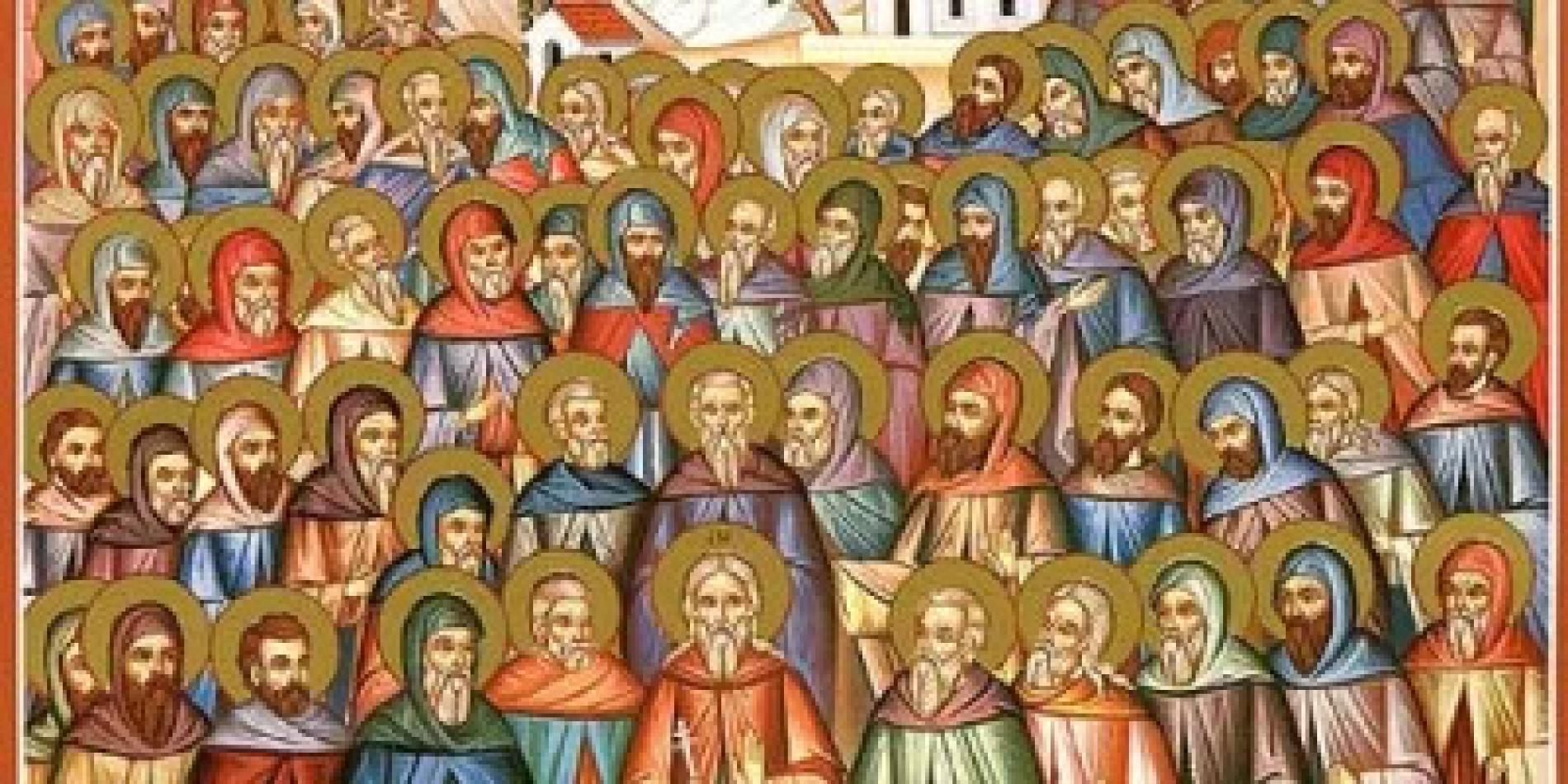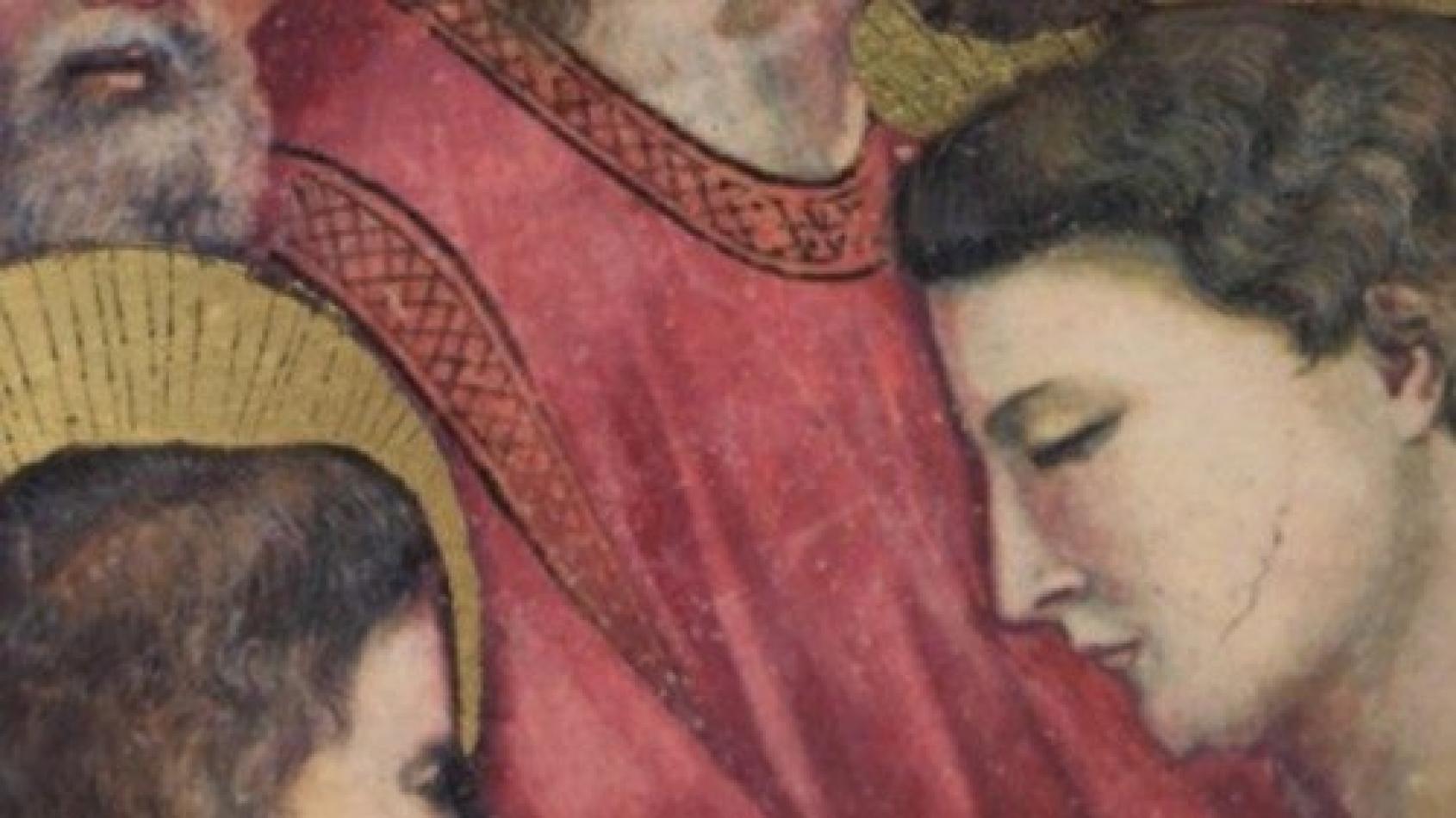Daniel Comboni
Comboni Missionaries
Institutional area
Other links
Newsletter
The communion of Saints is one of the most beautiful aspects of our faith. All Saints’ Day opens the doors of Heaven for us to contemplate the joy and happiness of all our brothers and sisters – of every time and place, religion and creed, language, race, people and nation – who enjoy celestial glory. Communion would be incomplete without considering our deceased brothers and sisters who have not yet reached the beatific vision, the ultimate goal and supreme longing of the human heart. This is the meaning of the Commemoration of All the Faithful Departed, which follows All Saints. [Fr. Manuel João Pereira Correia, mccj]
LIVING AND DWELLING
IN THE COMMUNION OF SAINTS
The Solemnity of All Saints and the Commemoration of All the Faithful Departed
1. At the beginning of November, when harvests are completed in the northern hemisphere, as nature begins to rest and trees turn autumnal, and when peaceful, slightly melancholic sunsets invite us to look into the distance… the Christian tradition dedicates a special moment of communion with those who have preceded us in the pilgrimage of life. This period begins on the first of November with the celebration of the Solemnity of All Saints, also known as All Saints’ Day. The feast was established by Pope Gregory IV in 835, but its roots date back to the 4th century, with the collective commemoration of Christian martyrs. On this feast, which unites earth and heaven, we rejoice with that “great multitude that no one could count, from every nation, tribe, people and language” seen by John in the Apocalypse (7:9).
2. The day after All Saints’ Day, on 2 November, we celebrate the Commemoration of All the Faithful Departed, a tradition that originated in monastic circles in the 10th century. It was the Benedictine abbot Saint Odilo of Cluny who introduced it in 998, associating it with All Saints. This celebration gradually spread to encompass the entire Catholic Church in the 13th century. The remembrance of the faithful departed is, to this day, one of the most cherished observances, marked by prayer – particularly the celebration of the Eucharist – by visiting cemeteries, decorating graves with flowers, and lighting candles. The remembrance of deceased family and friends continues throughout the month of November.
3. In this context, it seems fitting to mention Halloween, celebrated on 31 October and linked to All Saints and the remembrance of the Faithful Departed, creating a sort of “triduum.” Halloween is a contraction of the English term “All Hallows’ Eve,” meaning the eve or night before All Saints’ Day. This observance, originating in the Western Christian tradition, has over the centuries transformed into a secular celebration, often influenced by pagan customs, with macabre or unsettling features sometimes associated with esotericism and satanism. Brought to America by Irish and Scottish settlers, it spread to many other cultures in the late 20th and early 21st centuries, becoming a festive occasion. Portrayed here as an innocent children’s holiday, it is in reality a form of cultural neocolonialism with commercial ends, which risks emptying Christian festivals of their meaning and trivialising the reality of death, now a taboo in our society.
4. The communion of Saints is one of the most beautiful aspects of our faith. All Saints’ Day opens the doors of Heaven for us to contemplate the joy and happiness of all our brothers and sisters – of every time and place, religion and creed, language, race, people and nation – who enjoy celestial glory. This is not limited to the “saints next door” or Christians who have reached their heavenly homeland but includes all members of the Kingdom of God, sanctified by the blood of the Lamb (Rev 7:14).
5. The “communion of saints” is not an ideal or abstract bond but a very concrete reality. The saints, inhabitants of Heaven, do not live “in eternal rest,” oblivious to our daily sufferings and struggles against evil. In Heaven, there is no idleness, but activity. If the Father “is always at work” (John 5:17), how could his children remain inactive, indifferent to our hardship? To live and dwell in the communion of saints means to become aware of this marvellous solidarity, opening ourselves to and participating in Heaven’s action on earth.
6. Communion would be incomplete without considering our deceased brothers and sisters who have not yet reached the beatific vision, the ultimate goal and supreme longing of the human heart. This is the meaning of the Commemoration of All the Faithful Departed, which follows All Saints. The Church, as it journeys on earth, remembers them with affection, prays for them with trust, and participates in their purification through its intercession. Every time we celebrate the Eucharist, we remember them in the Eucharistic Prayer: “Remember also our brothers and sisters who have fallen asleep in the hope of the resurrection, and all who have died in your mercy: admit them to the light of your face” (Eucharistic Prayer II).
7. On this occasion, we are encouraged to remember all the faithful departed more often and with fraternal solicitude, especially our relatives and friends with whom we share a relationship of affection and gratitude. It is an opportunity to strengthen our bond of communion with them, for death does not sever the bonds of love but purifies and strengthens them. Even if the memory of some people may be painful due to suffering and injustices endured, this period can represent a time of grace for us to reconcile with them, heal our wounds, and soothe our memories. In the light of Love, they are now well aware of the harm they have done and, repentant, implore our forgiveness and pray for us.
8. The observances of 1 and 2 November, extended throughout the month with the remembrance of our dear departed, are a proclamation of our paschal faith. The grace of these celebrations allows us to profess more consciously: “I believe in the communion of saints, the forgiveness of sins, the resurrection of the body, and life everlasting.” Moreover, immersion in the Life of the Risen Christ, the firstborn of the living, dispels our fear of death. Christian hope guides us through a process of transfiguration of death until, like Saint Francis, we can consider it “sister death.”
9. The contemplation of the saints and the experience of communion with the departed lead us to compare our life with the future, ultimate one. The beauty of the communion of saints, if truly lived, prompts us to change our life criteria: the Christian who looks to Heaven does not allow worldly criteria to guide his or her life. If our gaze is illuminated by the Light, we will commit ourselves to cooperate in the realisation of the Kingdom of God on earth, promoting peace, justice, and universal fraternity.
10. Concerning Purgatory, it is necessary to purify this doctrine from the accumulated imagery in Christian thought over the centuries. After death, we find ourselves outside time and space, and it is not possible to “imagine” Purgatory, but only to conceive of it. The Catechism of the Catholic Church treats this theme soberly yet essentially (nos. 1030-1032), speaking of “final purification or purgatory.” In 1 Corinthians 3:10-17, Saint Paul says that “fire will test the quality of each person’s work,” and some will be saved “as though passing through fire”! Yet everything in God is grace. Even Purgatory! It is an extension of mercy to make us “pure love.” We might think that the “purifying fire” is the fire of the Spirit, which continues its work of sanctification within us and, simultaneously, the fire of passion in our soul, which longs for the beatific vision and suffers from feeling “distant.” For “love is as strong as death, passion fierce as the grave: its flashes are flashes of fire, a divine flame!” (Song of Songs 8:6).





